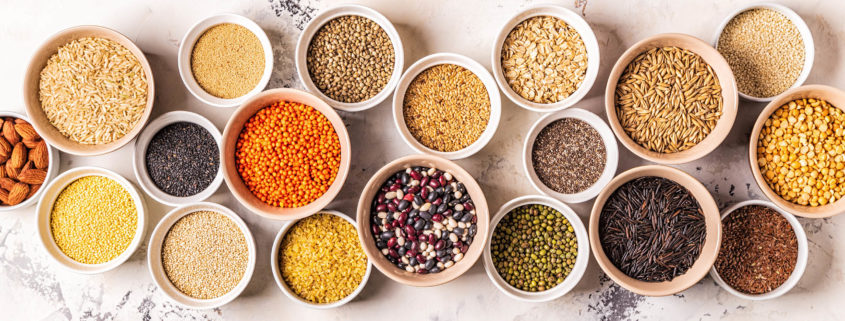Technically Speaking: SSGA gives IP presentation to Japan, Korea
SSGA gives IP presentation to Japan, Korea
Last week, SSGA Technical Adviser for North Asia Alyson Segawa spoke about promoting U.S. IP premium field crops to more than 160 key trade decision-makers during USSEC’s Northeast Asia U.S. Soy Buyers Outlook Conference.
Segawa’s appearance at the virtual conference, which included buyers from Japan and South Korea, continued SSGA’s commitment to deliver the IP message to international audiences. SSGA representatives presented at virtual events in Europe in September and October and are planning a webinar for the Philippines in January.
“In an ever-evolving global trade landscape, strong industry partnerships are the cornerstone to expanding export opportunities for U.S. IP producers,” Segawa said. “SSGA’s discussion of the organization as the premier business alliance of U.S. IP-related companies and its ongoing activities assured our trading partners in North Asia of USSEC and SSGA’s partnership and SSGA as a reliable resource for U.S. IP soya and specialty grains information. ”
Segawa also relayed information from SSGA’s Competitive Shipping Action Team on the ongoing container shipping issues faced by U.S. exporters.
“Customers need to maintain contact with their shipping representatives so we can work to overcome transportation obstacles,” Segawa said.
Major regional trading bloc formed
The Regional Comprehensive Economic Partnership (RCEP) was signed last week between members of the Association of Southeast Asian Nations (ASEAN) and five of their individual FTA partners – Australia, China, Japan, New Zealand, and South Korea. Notably, RCEP is also the first free-trade agreement between China, Japan and South Korea.
Now the world’s largest regional trading bloc, RCEP’s members comprise about 30% of global trade, GDP, and population. This equates to $26.2 trillion of output in a market of 2.2 billion people. RCEP is expected to eliminate 90% of tariffs over 20 years. A June 2020 Peterson Institute study estimates that RCEP could add up to $500 billion in world trade by 2030.
RCEP is comprised of 20 chapters including trade in goods, services, investment, e-commerce, intellectual property rights, technical regulations and standards, and government procurement. The agreement will serve to further integrate the economies of member nations in critical industries such as manufacturing, technology, agriculture, and natural resources.
It is yet to be seen how the U.S. and the new administration will proceed in terms of its role in trade in Asia, or what exactly RCEP means for the U.S. agricultural industry. Current analysis suggests that the possible impact on U.S. agricultural competitiveness may vary by commodity. While there are no early indications that RCEP will change U.S. identity-preserved (IP) trade relations in the near term, continued monitoring of the situation will be important in light of a changing global landscape. The establishment of trade rules through this landmark multilateral agreement may prompt the U.S. to re-evaluate trade relations in the region.
Technically Speaking is an SSGA feature that includes news and information from SSGA’s technical advisers for North Asia (Alyson Segawa), Southeast Asia (Hoa Huynh) and Europe (Eugene Philhower). They want to hear from you! Contact them via email: info@soyagrainsalliance.org.







Leave a Reply
Want to join the discussion?Feel free to contribute!